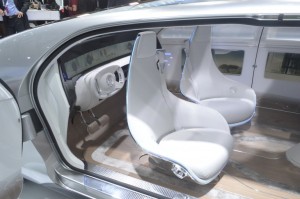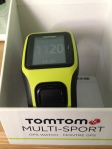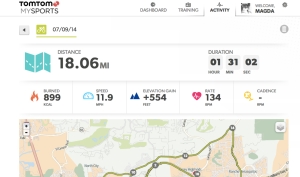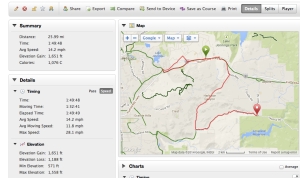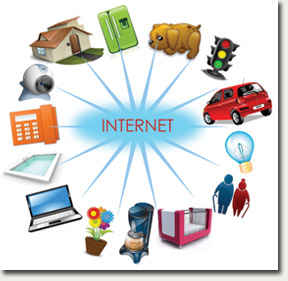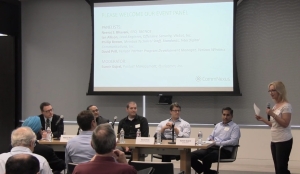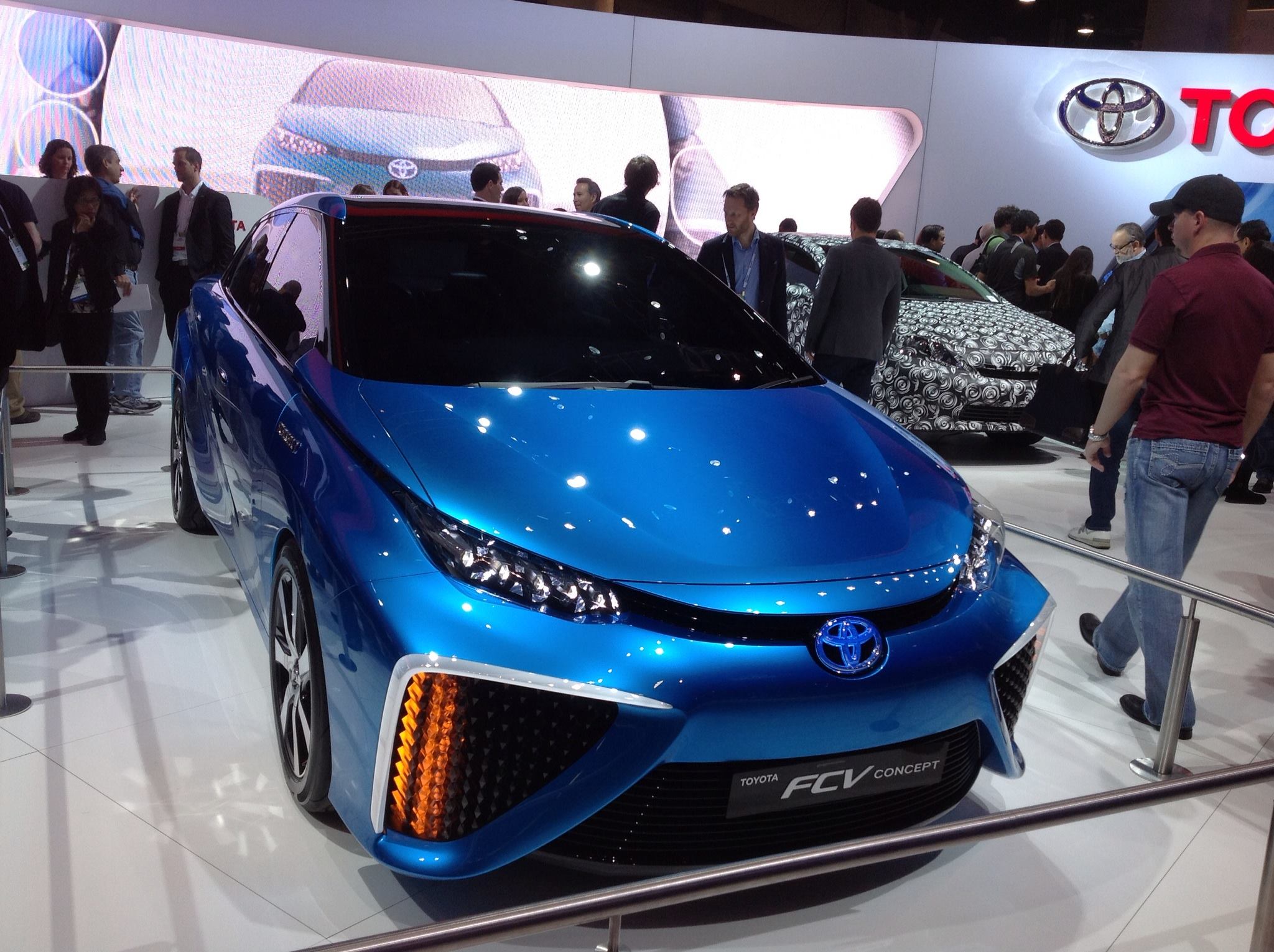AT&T and Verizon warn investors of higher Q4 churn as Sprint and T-Mobile increase competition
My family has been a customer for a very, very long time, going back to 2002 at least (although your records only indicate 2009). I had my own mobile software porting company and so I was also a business customer porting mobile applications for all the Brew devices!
And so I am truly disappointed in my recent experience with Verizon. I am used to receiving excellent service and support both at the VZW stores and from the customer service, but it appears that things have really changed!
The aggressive sales techniques followed by extremely poor service are, as I said, very disappointing.
On 2/23/2105 I was at the North County fair in Rancho Bernardo, where I was getting a new iPhone 5 for my son at the Apple store to replace the phone that he damaged. I particularly wanted to do that because he was grand-fathered into the unlimited data plan for the last couple of years and I didn’t want to loose that!
I walked over to the Verizon kiosk at that mall with the new phone to replace the old phone, and the sales agent basically sold me on a new plan saying that he can give all of us a new phone (ours were just fine, my husband’s and mine) and lower our monthly bill to below $300/month (which I was asking him about as well). He also told me that the unlimited data plans were going to be discontinued so it would make sense to do this switch. He assured me that based on my son’s previous data use for the last couple of months, we would not go over the plan data, which was critical.
So I asked him a few times about this, and he swore to me that everything would be ok.
I returned the phone I bought from Apple to the store, and went ahead and changed our plan, got new phones, etc.
Few days later, I started getting alerts that we were going to go over our allowed data plan! So on March 7th (within the 14 day window) I called VZW service to complain, explained what happened at the VZW kiosk, and asked to have the situation resolved. The service rep said he would try to put my son back on the unlimited plan, but that may take time, and in the meantime he would put me on some other plan, with more data.
I was also promised that my monthly bill would be right around or below the $300/month.
Last week, on 4/3/15, I checked to see our bill, and it was over $400!!! I called your service center yet again, and was told that there was a mistake, and that I would get a $111.95 credit. Today, still NO credit, so I call back. I end up speaking with a supervisor from your Tempa office (Kimmie – would not give me a last name!) and she told me basically that I’m screwed! The $111.95 credit was denied for some reason (although no one called me to tell me), she basically said my new monthly bill would be about $330 plus taxes (so more than it ever used to be) and that it was my problem for choosing the upgrade at the kiosk and not reading the terms and conditions, and that because I was more than 14 days after my warranty I could do nothing more (even though I pointed out to her that I did call within the 14 days, and was told that another change in my plans would fix the data overage problem!). I was additionally asked right away to return my old phones, so I didn’t even have a way to go back to using my old phones. I was also told that I could not get the unlimited plan back for my son, because I upgraded, even though I explained to her that I had the new phone from the Apple store in hand when your eager sales agnet told me he could do better! I even explained to her that since VZW was trying to resolve this problem since March 7th, it shows that VZW took responsibility for this problem, and to now turn it around and make it like it’s all me, is really bad form, and puts me in a no win situation.
I feel that I’m the one being penalized for doing the initial transaction where the Verizon sales agent sold me on this new plan idea. Additionally, the service people seem incapable of really solving my problem, and every time I called I got another promise which turned out to be unfulfilled!
